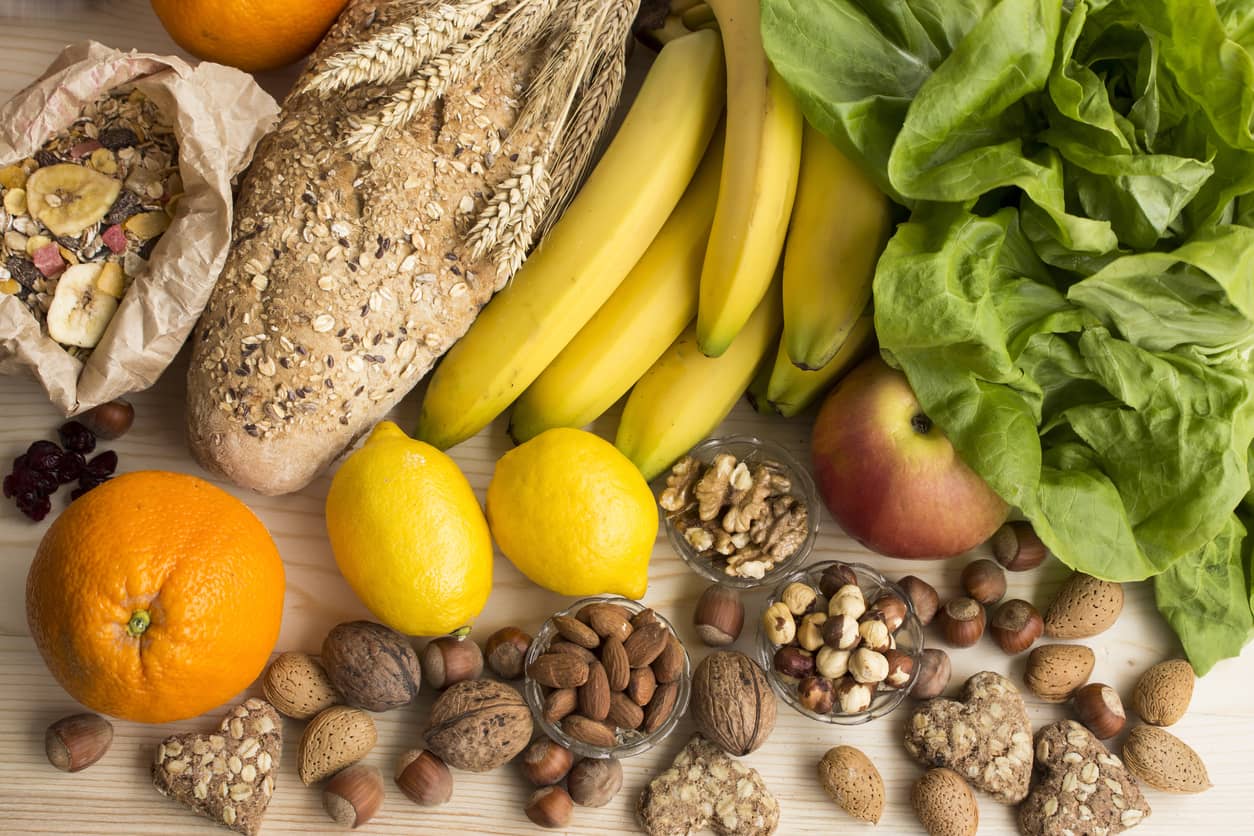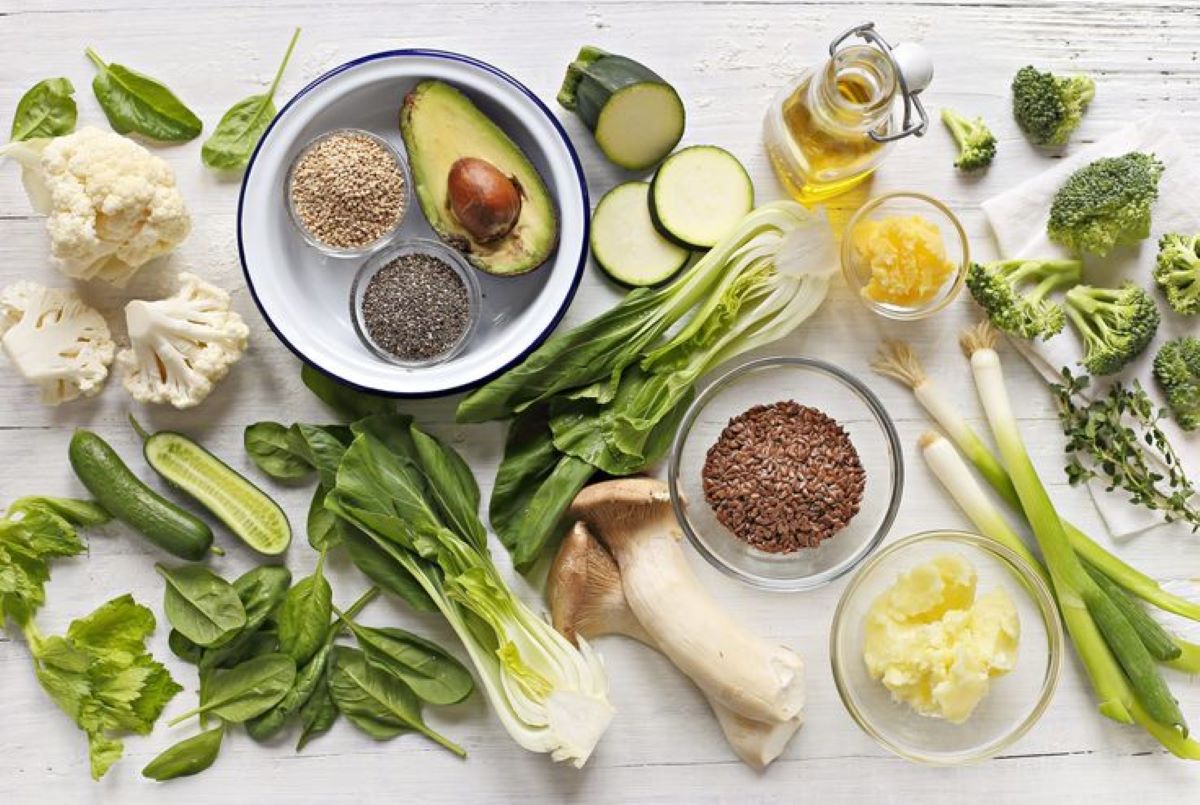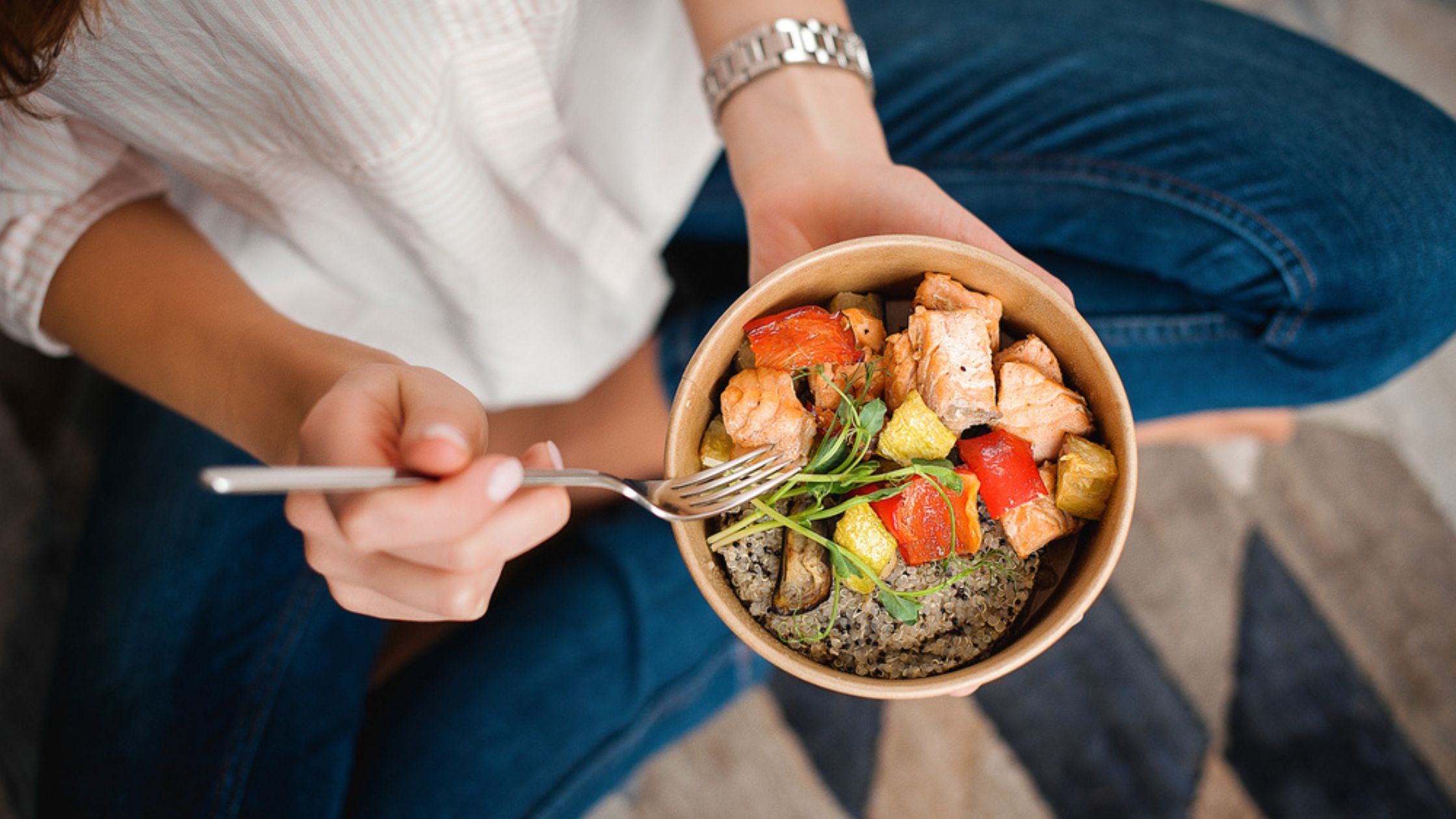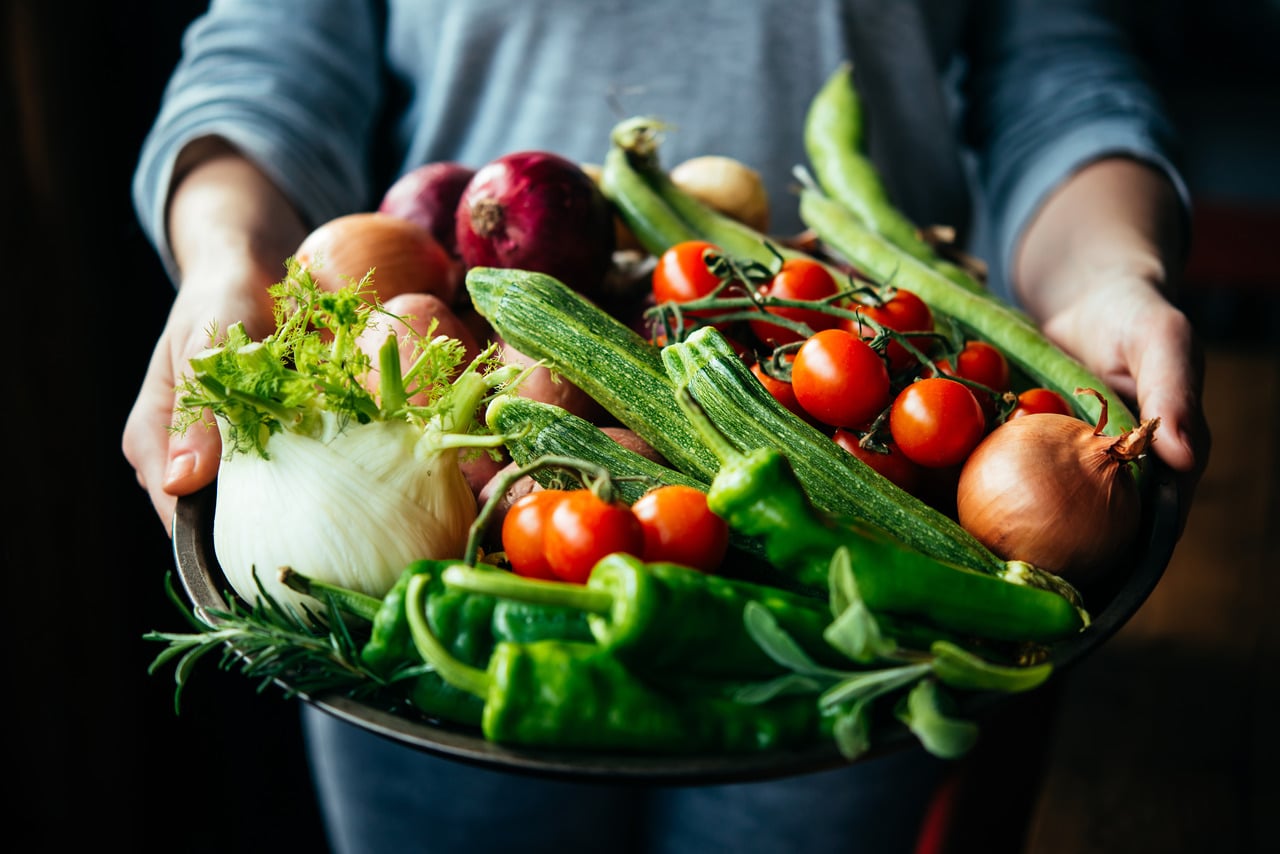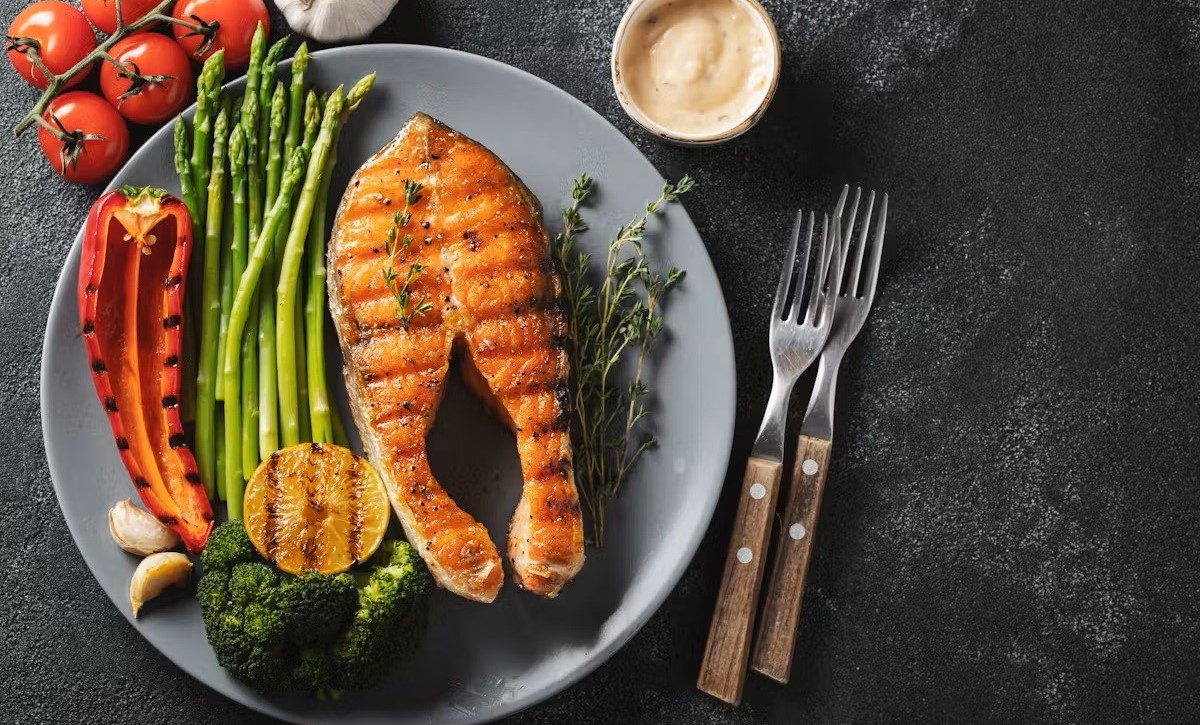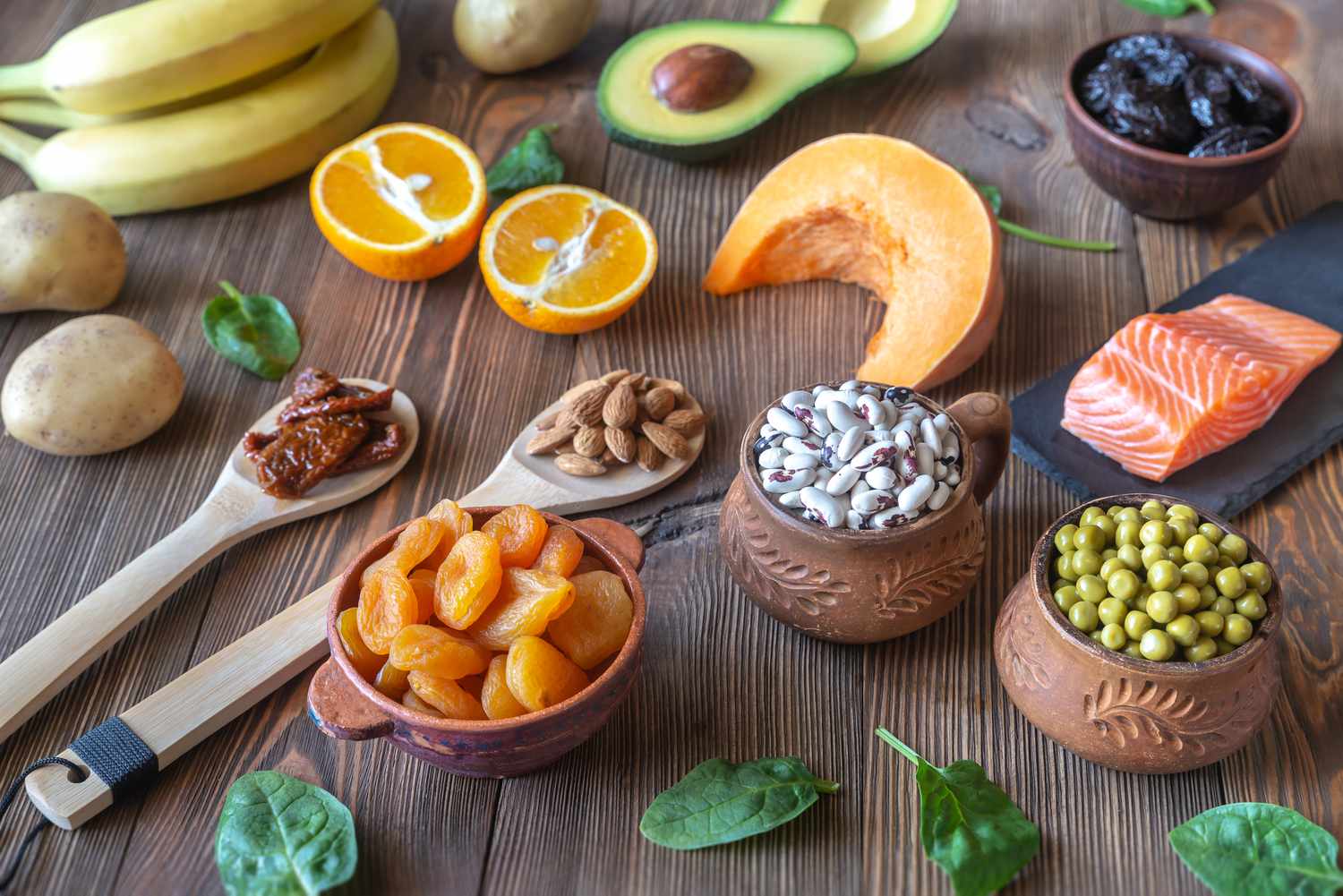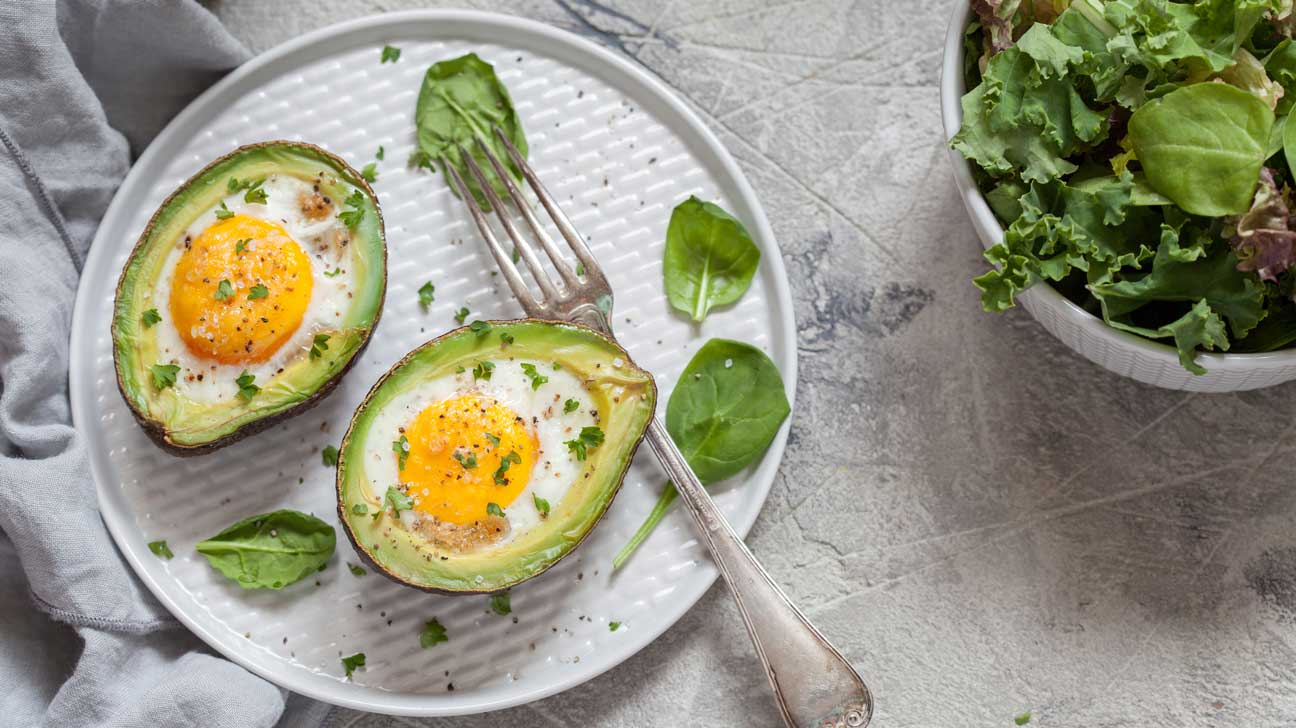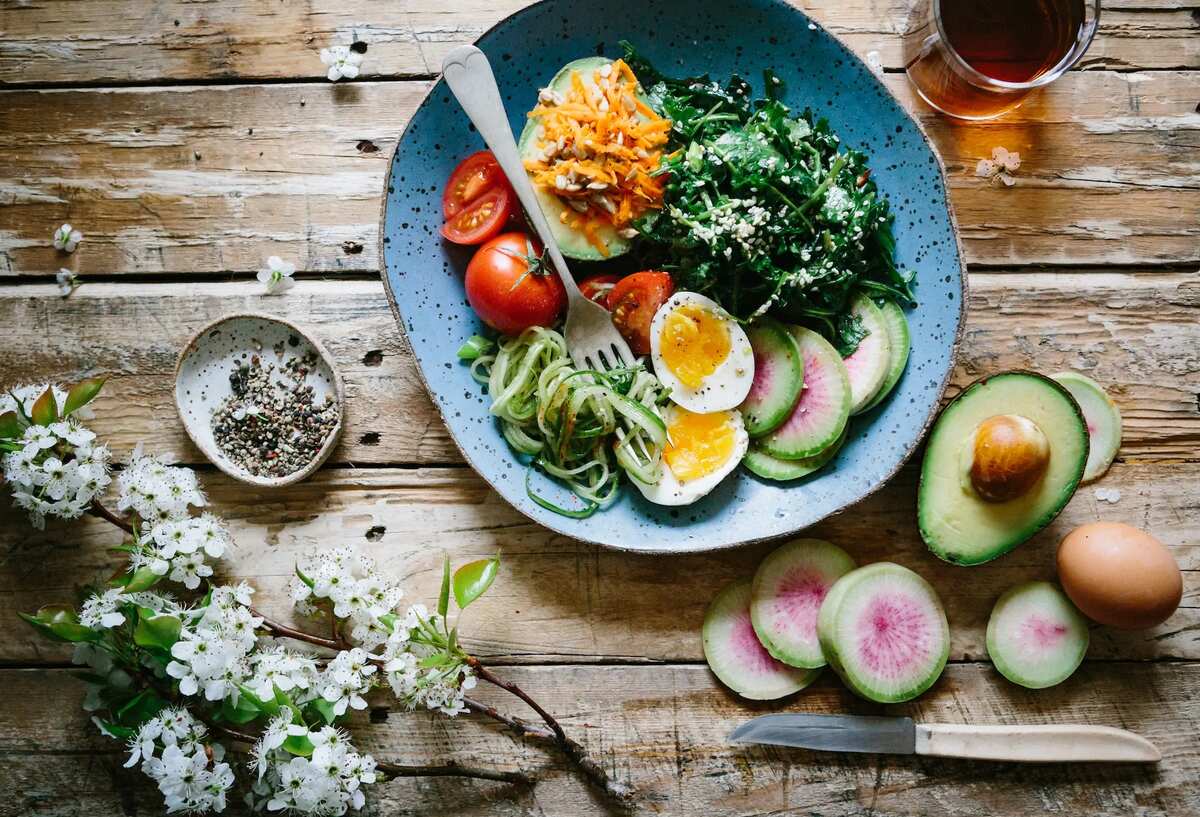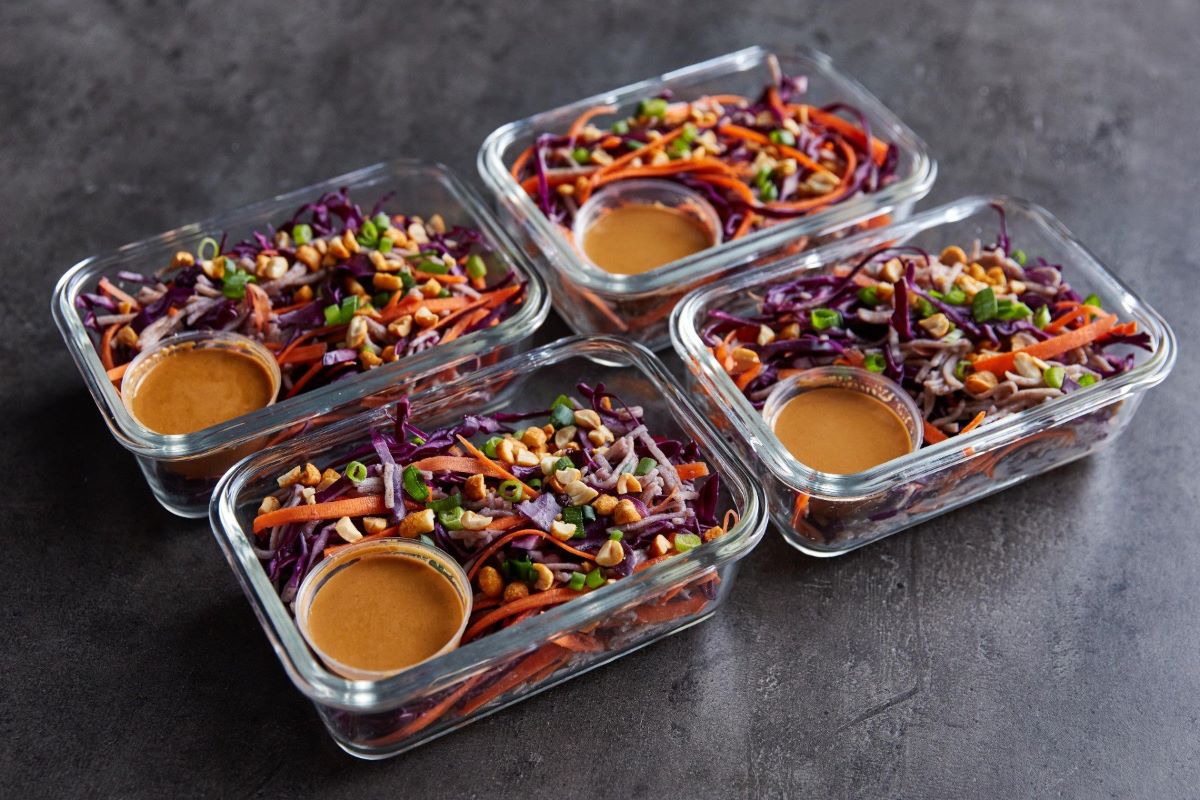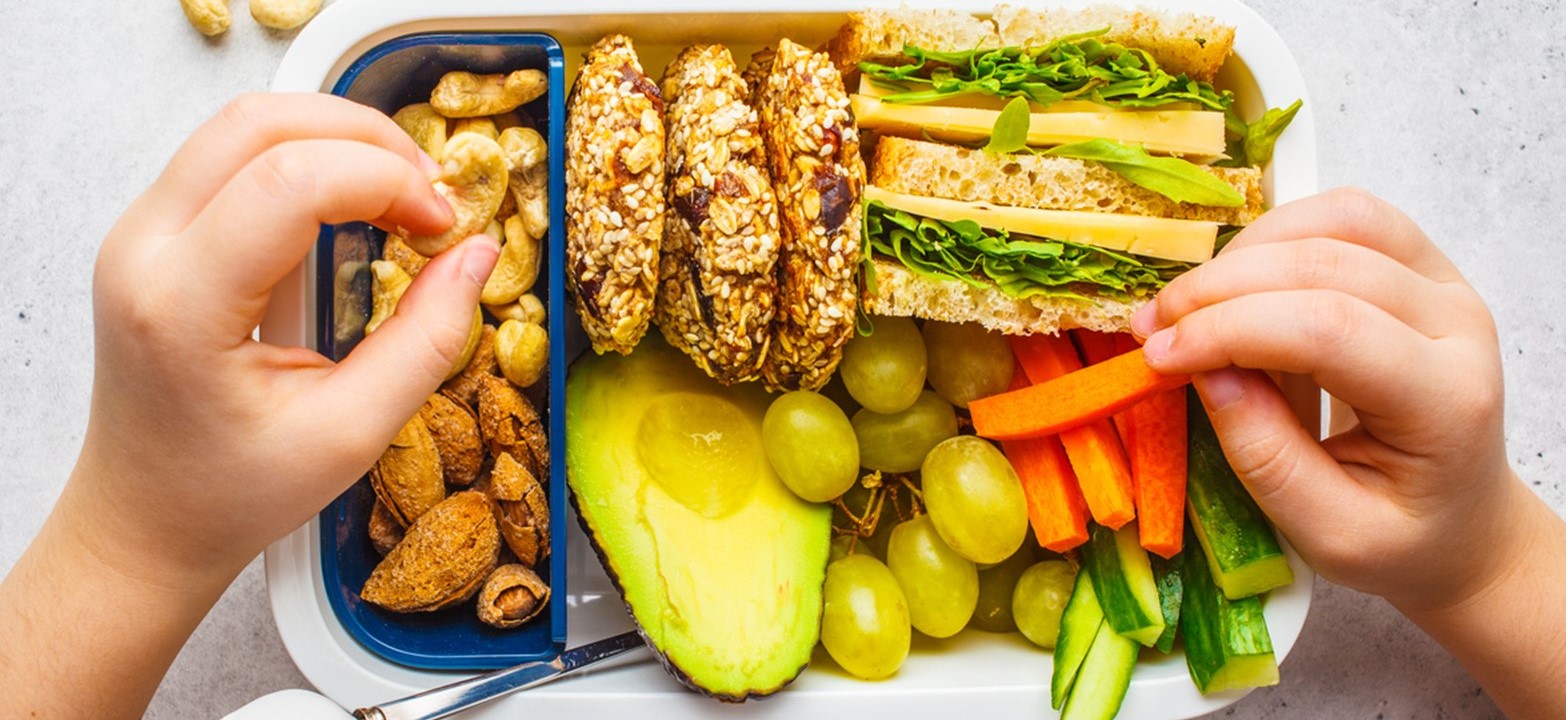Understanding the Importance of Low Sodium Foods
When it comes to maintaining a healthy diet, it’s important to pay attention to the amount of sodium in the foods we eat. While sodium is essential for our bodies to function properly, consuming too much can lead to health issues such as high blood pressure, heart disease, and stroke. That’s why it’s crucial to incorporate low sodium foods into our daily meals.
Identifying High Sodium Foods
Before we delve into how to eat low sodium foods, it’s important to be aware of the types of foods that are typically high in sodium. These include:
- Processed and canned foods
- Fast food and restaurant meals
- Salty snacks such as chips and pretzels
- Cured meats like bacon and ham
- Cheese and other dairy products
How to Eat Low Sodium Foods
Now that we understand the importance of reducing our sodium intake, let’s explore some practical tips for incorporating low sodium foods into our diet:
1. Read Food Labels
When grocery shopping, take the time to read the nutrition labels on packaged foods. Look for products labeled as “low sodium” or “sodium-free.” Additionally, compare different brands to choose the ones with the lowest sodium content.
2. Choose Fresh Produce
Fruits and vegetables are naturally low in sodium and are packed with essential nutrients. Aim to include a variety of fresh produce in your meals to boost your low sodium intake while reaping the benefits of vitamins and minerals.
3. Cook at Home
By preparing meals at home, you have full control over the ingredients you use. Opt for fresh herbs, spices, and citrus juices to flavor your dishes instead of relying on salt. Experiment with different seasoning blends to enhance the taste of your low sodium meals.
4. Limit Processed Meats and Cheeses
Processed meats and cheeses are often high in sodium due to the curing and preservation processes. When choosing protein sources, opt for lean cuts of fresh meat and poultry, and select low sodium or sodium-free cheese options.
5. Rinse Canned Foods
If you do include canned foods in your diet, such as beans or vegetables, rinse them thoroughly under running water before consuming. This can help reduce the sodium content by up to 40%.
6. Be Mindful of Condiments
Condiments like soy sauce, ketchup, and salad dressings can be sources of hidden sodium. Look for low sodium or sodium-free versions of these condiments, or consider making your own using fresh ingredients.
Benefits of Eating Low Sodium Foods
By making a conscious effort to incorporate low sodium foods into your diet, you can experience a range of health benefits, including:
- Lowering blood pressure
- Reducing the risk of heart disease and stroke
- Supporting kidney function
- Decreasing water retention and bloating
- Improving overall well-being
Conclusion
Embracing a diet rich in low sodium foods is a proactive step towards maintaining good health. By being mindful of the sodium content in the foods we consume and making informed choices, we can enjoy delicious and nutritious meals while safeguarding our well-being.
